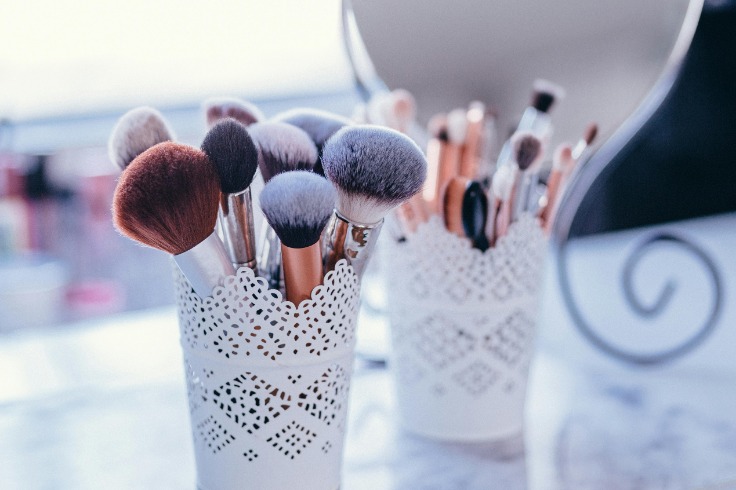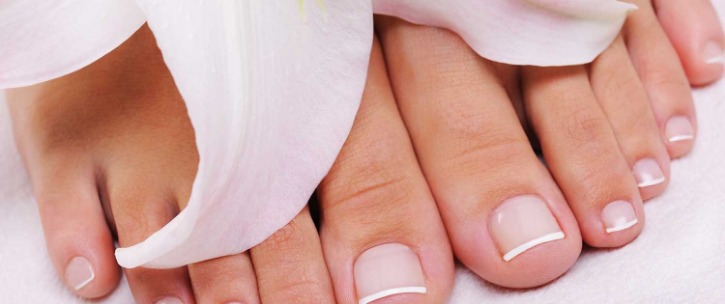Edgecraft for Modern Manes: Torque, Teeth, and Tapers
Today’s hair clippers are more than buzzing tools—they’re precision instruments engineered for clean lines, efficient bulk removal, and consistent fades. Whether you’re maintaining a weekly buzz or sculpting complex blends, understanding motors, blades, and maintenance is the difference between good and great results.
If you’re upgrading your toolkit, explore vetted professional hair clippers designed to hold up under daily use and heavy workloads.
Motors That Matter
The motor is the heartbeat of any clipper. Rotary motors deliver balanced torque and speed, ideal for thick hair and bulk removal. Magnetic and pivot motors excel in speed and crispness, often favored for detail work and tighter tapers. Match motor type to your cutting style: high torque for dense growth, high speed for ultra-clean finishing passes.
Blades, Geometry, and Finish
Blade material and shape influence heat, edge retention, and skin feel. Carbon steel holds a keen edge; stainless resists corrosion; DLC- or titanium-coated blades glide smoother and stay cooler. Taper blades ride the scalp more gently and offer forgiving gradients, while fade blades sit flatter for ultra-low skin proximity and sharper demarcations. Zero-gapping can sharpen lines; just ensure proper alignment to prevent bite.
Guards and Control
Premium magnetic guards reduce chatter and improve accuracy. A stable guard system, paired with a crisp lever, lets you fine-tune half steps without second guessing. For mobile grooming, look for guards that lock firmly and resist flex.
Corded vs. Cordless
Corded units offer unwavering power for marathon days. Cordless adds freedom of movement; seek cells rated 2500–3300 mAh with at least 90 minutes of real runtime and USB-C or fast-charge docks. Keep a second battery or a corded backup for high-volume days.
Ergonomics, Balance, and Heat
Weight distribution affects forearm fatigue and precision. A narrower neck helps with thumb placement and lever control. Vented bodies and coated blades minimize heat during back-to-back cuts. Test grip, switch placement, and lever stiffness before committing.
Maintenance Rituals That Pay Off
After each session: brush hair from the teeth, sanitize with clipper-safe spray, and apply a drop of oil at both blade rails and the center. Weekly, remove the blade to clear debris from the drive and check alignment. If you zero-gap, verify teeth symmetry and clearance. Store dry, with a blade guard on, to keep edges sharp.
Choosing by Use Case
For at-home users seeking the best hair clippers for men, prioritize ease of use, guard stability, and forgiving taper blades. A quiet rotary with reliable battery life keeps maintenance simple while producing barbershop-level trims.
In the shop, barber clippers must endure nonstop work. Look for metal housings, high-torque motors, fade blades that hold alignment, and fast charging. Heat management and consistent power delivery matter more than flashy specs.
Pro-Level Versatility
Blending, debulking, and detailing are smoother with professional hair clippers that pair crisp blades with a responsive lever and precise guards. When combined with good sectioning, consistent stroke lengths, and clean partings, you’ll produce seamless tapers and repeatable results.
Dial in your tool, respect the maintenance, and let the geometry do the heavy lifting. With the right setup, every pass is purposeful—and every cut, consistent.

